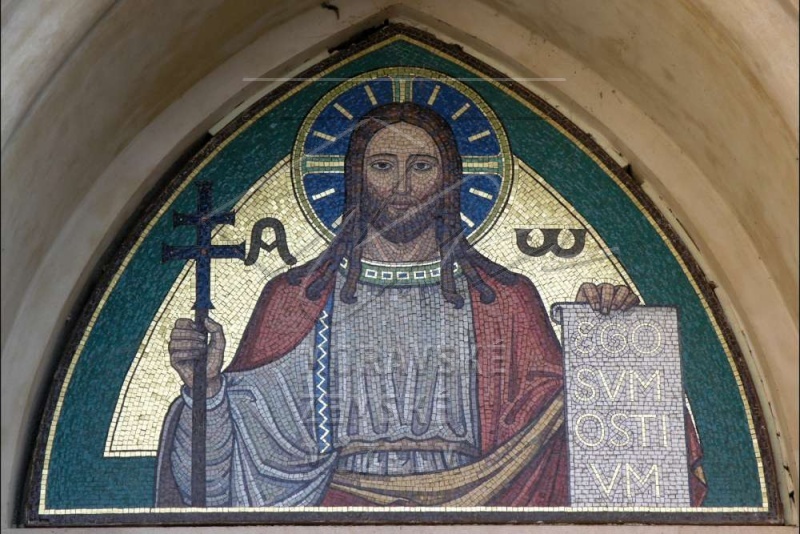The monastery Na Slovanech (Emaus)

More than three hundred years after the Cyrillo-Methodian mission, in 1248, Pope Innocent IV recognised the Old Slavonic as a language of church services again. In the next century, Charles IV, still as Moravian margrave, strove for the foundation of a Slavonic monastery which he achieved with the privilege of Pope Clement VI from May 9, 1346.
The monastery Na Slovanech (Emaus) was dedicated to Virgin Mary and St. Hieronymus, Cyril and Methodius, Adalbert and Prokop. The monks, Slavonic Benedictines – successors of those expulsed from Great Moravia, came here from Croatia, Bosnia, Serbia, Dalmatia and Russia. Slavonic liturgy survived here until mid-15th century. The Czech translation of the Glagolitic Bible came into being in the monastery in 1416. The strong reformation movement (Hussites) claimed also allegiance to the bequest of Cyril and Methodius. In the Hussite period the monastery was not only preserved, but the Hussites practised there – in the only one monastery – the Utraquist communion. Brother Gregory, later founder of the Czech Brethren, lived and worked in the monastery.